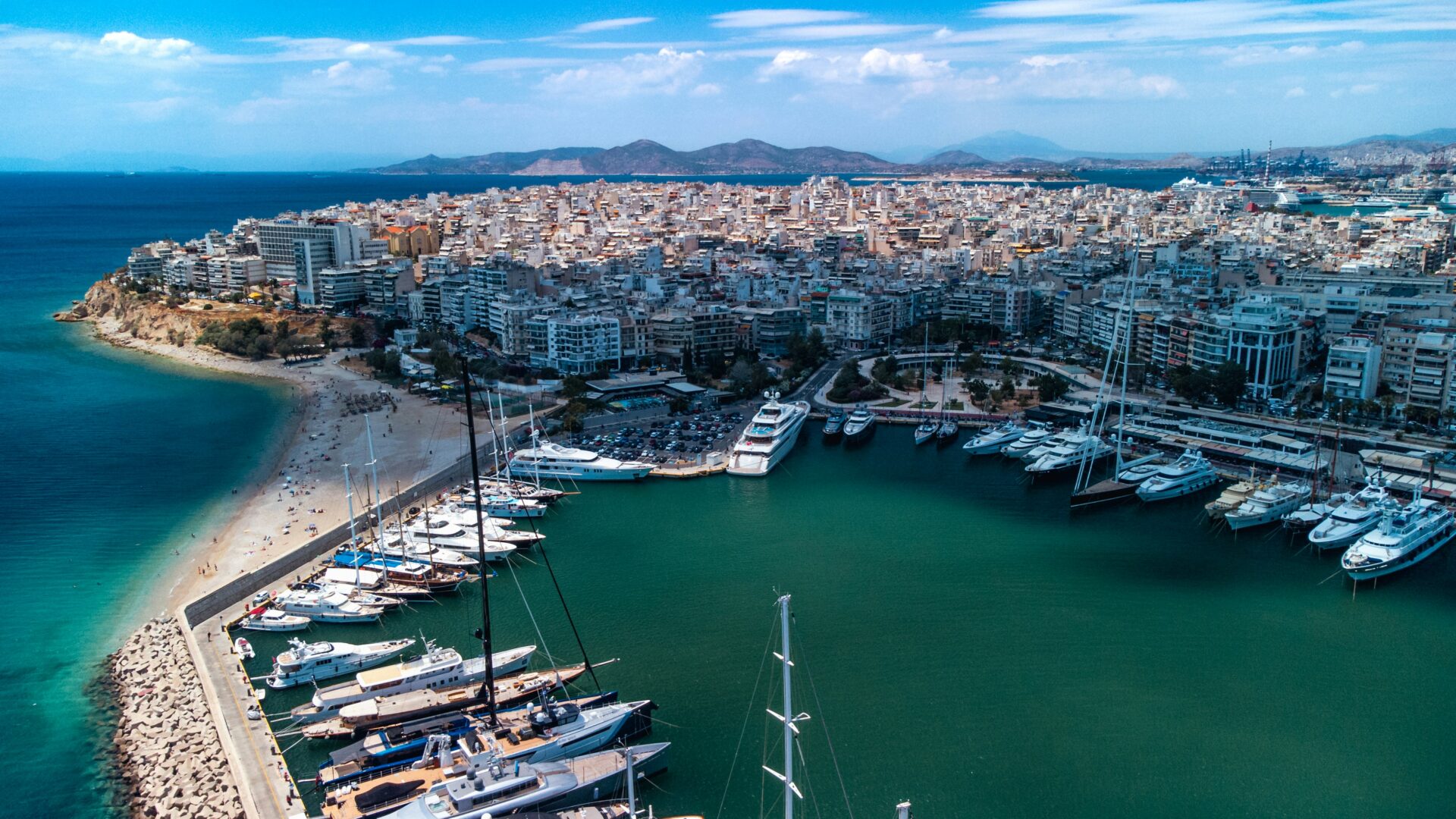When I walk along the waterfront of Piraeus these days, that salty breeze instantly reminds me how deeply this place connects to ancient Greece. This historic port, just a short trip from Athens, feels like it holds stories that stretch back forever—back to when it served as the powerhouse naval base of the Athenian empire.
Back in the 5th century BC, during Athens’ Golden Age, the city built those impressive Long Walls to link Piraeus to the capital, protecting travelers and goods along the way.
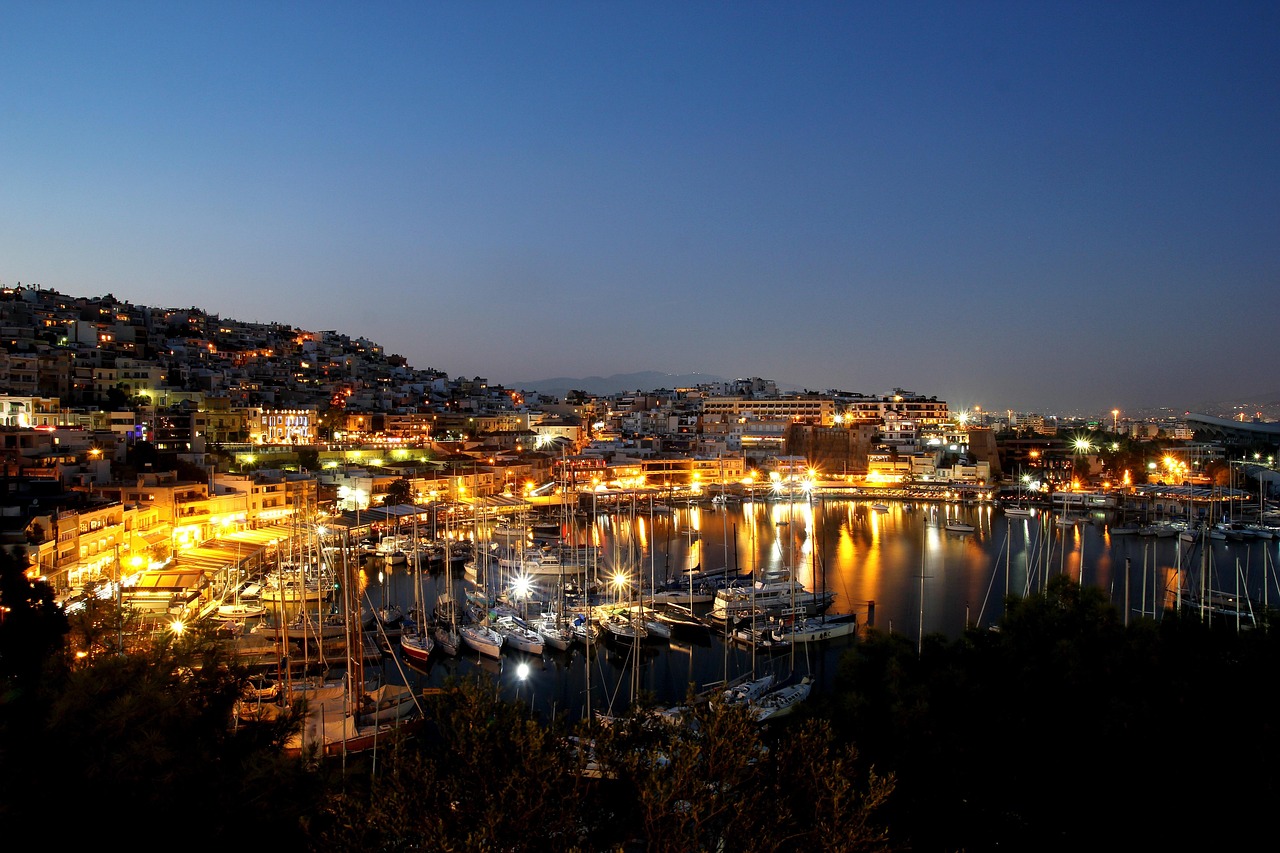
So many travelers miss out on this treasure trove of history right on Athens’ doorstep. The ancient harbors that once sheltered the legendary Athenian fleet now welcome cruise ships.
If you wander through modern neighborhoods, you’ll spot ruins tucked between apartment blocks, quietly whispering tales of maritime glory. I’ve lost track of the afternoons I’ve spent in the Archaeological Museum of Piraeus, where artifacts really bring to life the sailors, merchants, and everyday folks who called this port home.
The hidden side of Piraeus makes a perfect companion to Athens’ famous landmarks. As you weave through its winding streets, you’ll stumble on ancient walls, harbor ruins, and archaeological sites that don’t draw the crowds the Acropolis does—but trust me, they’re just as fascinating.
Some of my favorite moments here have involved finding random connections to the past, like suddenly coming across a chunk of the ancient Long Walls wedged between modern buildings.
The Ancient Port: Piraeus as the Gateway to Athens
Piraeus stands out as a symbol of ancient maritime innovation and strength. The harbor that launched the mighty Athenian navy still echoes with history in its stone walls and cleverly designed ports.
Origins and Early Settlement
Before the 5th century BC, Piraeus was just a rocky peninsula with natural harbors. Everything changed when Themistocles, the Athenian statesman, saw its strategic potential.
He managed to persuade Athens to move their main port from Phaleron Bay to Piraeus, which I find pretty impressive. Piraeus wasn’t like other ancient settlements that grew by accident—it was planned from the start.
The Athenians built tough fortifications, linking it to Athens with the famous Long Walls that ran for nearly 6 km. Early on, sailors, merchants, and craftsmen settled here to support Athens’ growing naval ambitions.
Those deep, natural harbors offered shelter from storms and kept enemies at bay.
Piraeus Through the Ages
As I wander modern Piraeus, I still sense the echoes of its golden age in the 5th and 4th centuries BC, when it served as the Athenian navy’s headquarters. The harbor complex had three separate ports: Kantharos, Zea, and Munichia, each with its own purpose.
During the Peloponnesian War, Piraeus played a crucial role in keeping Athens alive. When Sparta took over the countryside, supplies still flowed in through the protected harbor.
The port’s importance faded a bit after the Romans took over, but it never stopped being active. Through Byzantine and Ottoman times, Piraeus saw its fortunes rise and fall.

I’m always amazed by how Piraeus has managed to reinvent itself for thousands of years while hanging onto its maritime identity.
You can still spot parts of the ancient city walls today—a reminder of just how crucial this place has been in Greek history.
Influence of the Mediterranean Seas
The Mediterranean shaped almost everything about Piraeus. Its calmer waters (compared to the Atlantic) made sailing possible most of the year, though winter storms could still be nasty.
I’ve noticed how the harbor’s layout works perfectly with the local wind patterns. Piraeus connected Athens to a huge trading network, stretching from the Black Sea down to Libya and over to the Levant.
Trade brought cultural exchange too. The docks buzzed with dozens of languages as Phoenicians, Egyptians, and traders from all over mingled.
Silver from the Laurion mines passed through Piraeus, funding Athens’ naval empire. That connection to the sea defined Athenian power and even shaped its democracy.
Weather patterns set the sailing calendar, so most merchants skipped winter trips if they could help it.
Trade, Sailing, and Seafaring Life
Life in ancient Piraeus revolved around the sea, plain and simple. Shipbuilders here crafted the famous triremes that helped win the Battle of Salamis against the Persians.
The shipyards offered work to thousands and pushed nautical technology forward. The docks buzzed with import and export businesses—grain from Egypt, timber from Macedonia, and luxury goods from Asia Minor all came through here.
It’s wild to think that olive oil and wine, things we take for granted now, traveled these same routes 2,500 years ago. Sailors developed their own customs, with many worshipping Poseidon for protection.
Naval crews trained constantly, perfecting rowing techniques that gave Athenian ships their edge. Maritime courts in Piraeus handled disputes between merchants from different city-states, laying the groundwork for some of the world’s first international commercial laws.
From Citadel to City Walls: Defensive Heritage of Piraeus
Piraeus has this impressive defensive legacy that really shaped it as a port city. The ancient walls and fortifications show Athens’ determination to protect its vital maritime gateway.
Themistoclean Walls and Fortification
Themistocles kicked off Piraeus’ defensive story in the early 5th century BC when he realized just how important the harbor could be. He convinced the Athenians to build massive stone walls around it.
These walls reached about 60 feet high and 16 feet thick in some spots—pretty wild engineering for the time. Workers used huge stone blocks, fitting them together without mortar, which made the walls incredibly tough.
You can still see parts of these ancient defenses if you wander certain neighborhoods. The walls linked Piraeus to Athens with the famous Long Walls, creating a protected corridor so Athens could always reach its port, even during sieges.
Role During Persian and Peloponnesian Wars
Piraeus’ walls played a huge role in the Persian Wars. The Athenian fleet, safe in the harbor, helped defeat the Persians at Salamis in 480 BC—a real turning point for Greece.
When I visit, I almost imagine ancient triremes sailing out to battle from these sheltered harbors. The walls turned Piraeus into a fortress.
During the Peloponnesian War, these defenses mattered even more. The Spartans couldn’t break into Piraeus, so they had to try other tactics against Athens.
When the walls finally fell after Athens’ defeat, it signaled the end of Athenian naval dominance.
Urban Engineering and City Design
Those defenses did more than just protect Piraeus—they shaped how the city grew. The architect Hippodamus designed the city’s grid layout inside the walls, making it one of history’s first planned cities.
I find it so interesting how the city’s layout worked with its defenses. The walls created boundaries that shaped neighborhoods and public spaces.
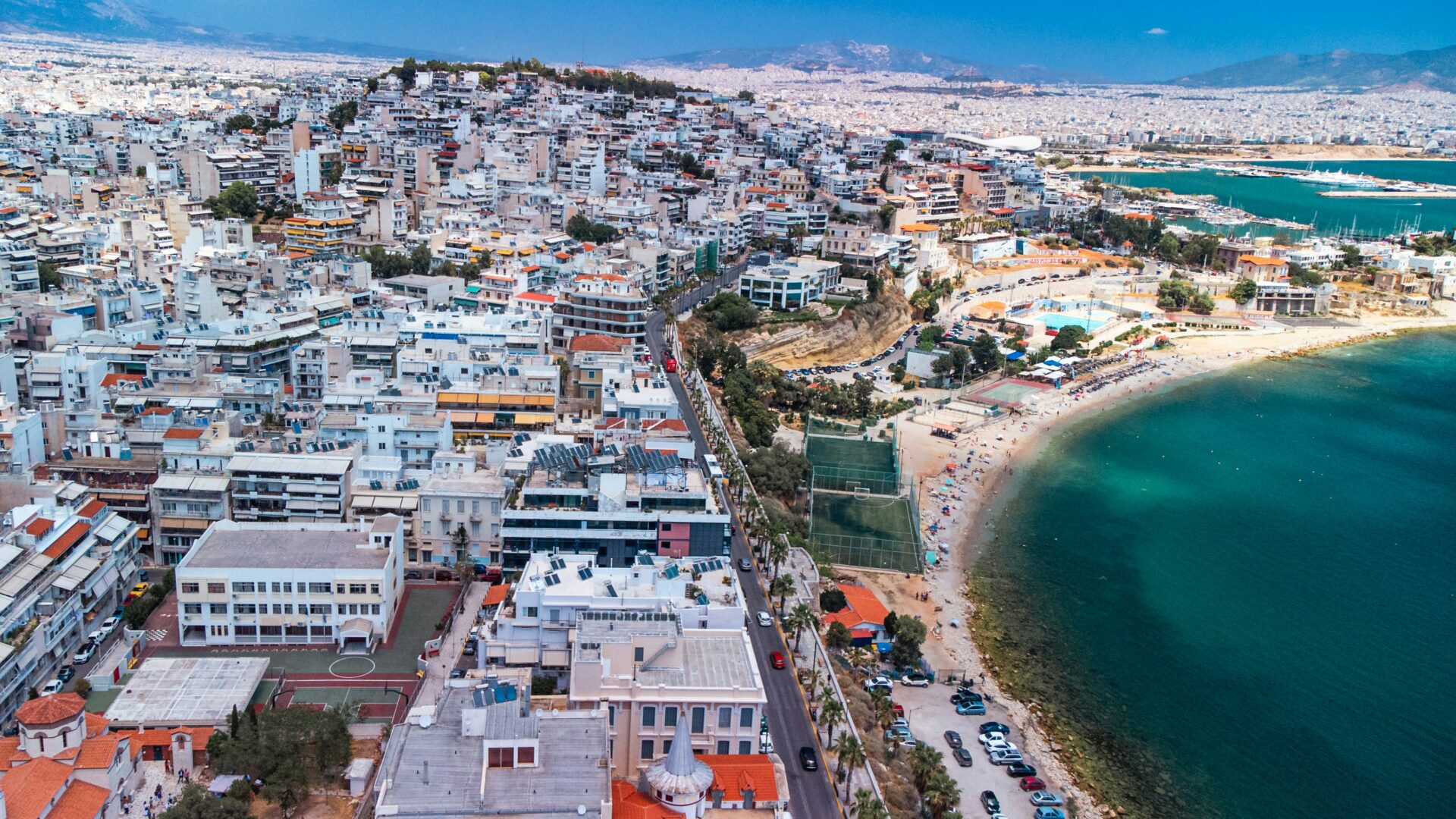
Strategic gates controlled who came and went, and some even had Doric columns and other decorative touches. These weren’t just practical—they showed off Athenian power and skill.
The defensive heritage of Piraeus stands as a remarkable example of blending military needs with civic design, influencing how cities get built even now.
Cultural Crossroads: Arts, Theatre, and Society in Piraeus
Piraeus has always been more than a port. Its vibrant cultural life mixes maritime traditions with the arts, creating a tapestry that keeps changing and surprising me.
The Birth of Drama and Theatre
Every time I walk through Piraeus, I’m reminded of its deep roots in theater. The Municipal Theatre, built in neoclassical style, still hosts performances that draw both locals and visitors.
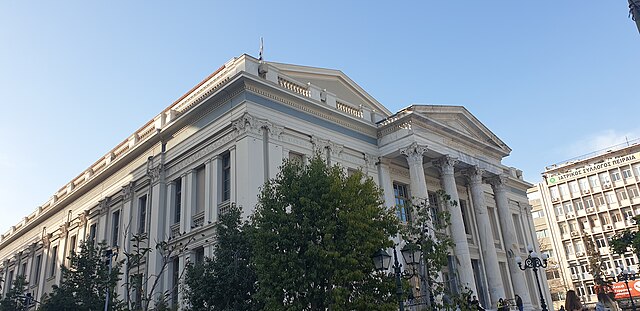
Image Source: Wikimedia Commons
Ancient Piraeus treated drama as something bigger than just entertainment. Theatre tied into religious festivals and civic celebrations, and everyone took part.
I’ve discovered smaller theater spaces popping up around the city too. These venues celebrate traditional Greek drama but also welcome new, contemporary styles—a lovely blend of old and new.
The dramatic traditions that started here reached across the Mediterranean, making Piraeus a true cradle of the dramatic arts.
Religion, Temples, and Mythic Connections
Piraeus’ spiritual landscape has always fascinated me. Ancient temples once lined the coast, with the Temple of Artemis especially important for sailors hoping for safe passage.

Image source: Tripadvisor
Today, the Church of Profitis Ilias stands on its hill in Kastela, offering both stunning views and spiritual meaning. Standing there, I get a sense of how much this area has mattered—physically and spiritually—over the centuries.
Religious processions used to fill the streets, honoring gods who watched over seafarers. These rituals brought people together, building community bonds.
Epicurus’ philosophical ideas found an audience here too, with his thoughts on pleasure, pain, and immortality resonating among the city’s diverse population.
Daily Life and Society
Life in ancient Piraeus centered on the harbor. Merchants, sailors, and craftspeople built a dynamic society where cultures blended and transformed every single day.
I was surprised to learn about the city’s extensive underground infrastructure. Archaeologists have uncovered around 330 wells and 380 underground reservoirs, showing just how clever Piraeus’s residents were at managing water.
The city served as both a marketplace and a meeting spot. People gathered in public spaces to trade goods, share stories, and take part in civic life—a vibrant culture that really valued public engagement.
Women here had a bit more freedom than in other Greek cities, probably because of the cosmopolitan port life and the frequent absences of sailors.
Epic Tales and Legendary Figures
Odysseus, the legendary wanderer, supposedly visited these shores during his long journey home. Sometimes, when I’m walking by the water, I half-expect to see his ship appear in the distance.
Theseus pops up in local legends too. Stories say his adventures helped connect Athens and Piraeus, highlighting the port’s importance to the wider world.
The citadel of Piraeus served as both a fortress and a refuge, offering safety to travelers and refugees over the ages.
Artists have always loved these legends. Local museums display pottery, paintings, and sculptures showing both mythic heroes and everyday people—giving us a glimpse of how Piraeus saw itself.
Archaeological Wonders and Modern-Day Discoveries
Piraeus keeps revealing its ancient secrets through incredible archaeological finds that span centuries. The city’s layers keep coming to light, whether through planned digs or accidental discoveries during construction.
Excavations and Unearthed Monuments
When I visited Piraeus last year, the sheer amount of archaeological activity blew me away. Recent digs have uncovered an ancient aqueduct and wells that date back over 2,000 years.
Archaeologists have pulled up nearly 4,000 artifacts, helping us piece together how the port evolved from the 5th century BC onward. One story that stuck with me: in 1959, workers laying pipes accidentally found two magnificent bronze statues of Greek goddesses.
The Piraeus Athena, nearly eight feet tall, stayed buried for centuries before that lucky discovery. Walking through these excavated sites, I could almost feel the weight of all that history under my feet.

Image Source: Wikimedia Commons
The Port’s Role in Classical and Hellenistic Periods
Piraeus’ ancient maritime history honestly fascinates me. Athens established the port in the early 5th century BC to replace older harbors that just couldn’t keep up.
Records show how vital Piraeus was for Athens’ military and commercial power. Its harbors sheltered the fleet that helped defeat the Persians and cement Athenian sea power.
The port boasted some impressive features:
- Fortified harbor walls
- Ship sheds for triremes
- Commercial warehouses
- Naval administrative buildings
During a walking tour, I learned how the port connected Greece to Mediterranean trade networks. Artifacts recovered from underwater—amphorae, ship parts, anchors—really paint a vivid picture of all that bustling maritime life.
Museums, Libraries, and Living History
The Archaeological Museum of Piraeus holds some of the most impressive finds from the port’s excavations. I spent hours just staring at the bronze statues discovered in 1959—they’re now beautifully preserved and on display.
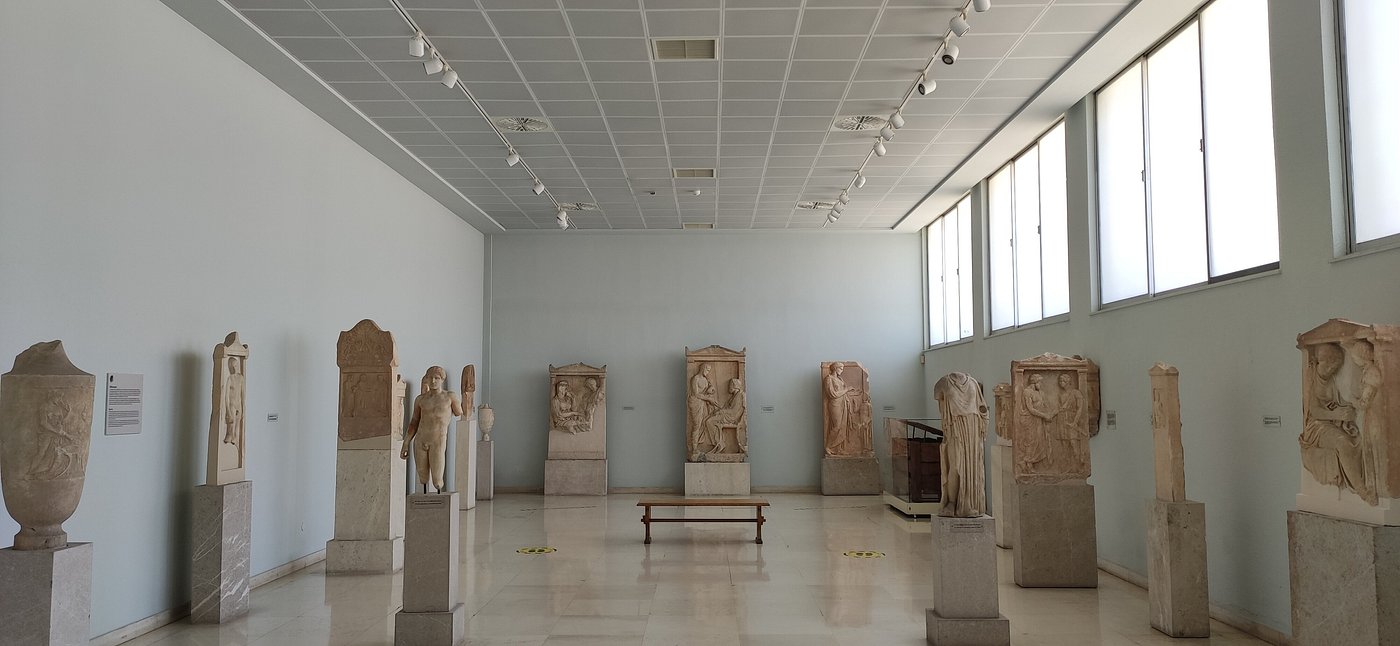
Image Source: Tripadvisor
Digital modeling and 3D illustrations really bring ancient Piraeus to life. The museum’s interactive exhibits let me picture how the ancient harbor worked back in its prime.
The Municipal Library of Piraeus keeps valuable historical records, maps, and documents that trace the port’s evolution from antiquity to now. I especially loved their special collection of 19th-century illustrations, which made it easier to see how the port changed over time.
Local archaeological parks offer living history experiences. I watched artisans demonstrate ancient shipbuilding techniques, and these hands-on activities keep traditional maritime crafts alive while teaching visitors about Piraeus’ deep connection to the sea.
Piraeus Beyond Antiquity: Roman, Byzantine, and Contemporary Echoes
Piraeus isn’t just about its ancient Greek roots. The city’s story kept going through Roman conquest, Byzantine times, and finally its modern revival as Athens’ busy port.
Every era left its own mark on this coastal spot.
Roman Empire and Augustus
After the Roman general Sulla destroyed Piraeus in 86 BC, the port slipped into decline. The harbor town lost much of its old glory.
I found it fascinating that Augustus later tried to breathe new life into the area, though it never quite got back to its former heights.
Romans built over some of the damaged Greek buildings, so Piraeus picked up a distinctly Roman feel. The architecture shifted from Hellenic to Imperial styles, and practical Roman engineering started to take over from the old Greek look.
If you walk through modern Piraeus, you might still spot hints of Roman influence under your feet. The archaeological exhibition at Dimotiko Theatro Metro Station gives you a peek into this era, with artifacts that show how the city adapted and changed.
Byzantine Influence and Later Transformations
The Byzantine era brought a fresh chapter as Christianity spread through the region. Churches took the place of temples, and the port’s identity shifted to serve Constantinople’s needs, not just Athens’.
While exploring Piraeus, I stumbled upon remnants of Byzantine walls that once protected the harbor from naval attacks. These old defenses remind us that Piraeus once connected mainland Greece to the wider Byzantine world.
Later on, Piraeus changed hands more than a few times. Each new ruler left a mark. Ottoman touches blend with Venetian details in some of the older buildings still standing. The layers of history here? Honestly, they’re pretty amazing.
Modern-Day Experiences and Activities
Piraeus these days gives travelers a pretty unique mix of history and everyday Greek life. If you ask me, it’s best to kick things off with a guided stroll through the archaeological sites.
After that, why not wander around the lively modern port? There’s a lot to see.
Some of the most popular things to do:
- Visit the Archaeological Museum of Piraeus.
- Walk along the marina and check out everything from luxury yachts to old fishing boats.
- Grab some fresh seafood at one of the waterfront tavernas.
- Hop on a ferry to visit the nearby islands.
Tour operators run all sorts of experiences that dive into the port’s rich history. I tried a walking tour that took us to some hidden historical corners—places most tourists just walk right past.
If you’re watching your budget, don’t worry. You can find plenty of free or cheap activities that let you soak up some of Piraeus’s heritage.
Most tour companies make it easy to book, too. They usually offer refunds if your plans change, so you don’t have to stress about committing.

